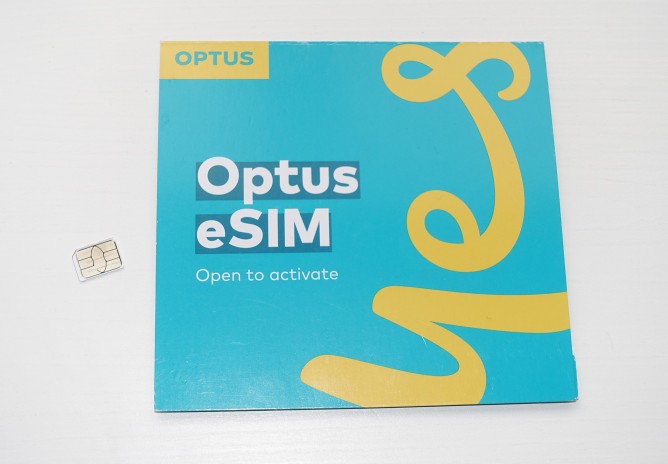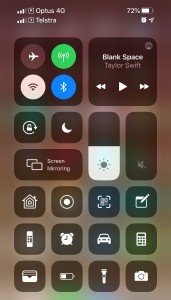
My iPhone XS Max supports dual SIM since a year ago. The catch is that one SIM can be normal physical nano SIM card and the other has to be eSIM. Since no telco in Australia supported eSIM a year ago, I ended up using it just as a normal single SIM phone. Back then, I predicted that it would be years until Australian telcos would start offering eSIM because it will reduce their profits from super expensive roaming cost.
This time, I am glad to be proven wrong. After a random check of Optus website when I tried to search for better long-life prepaid, I discovered that my telco (Optus) now offers eSIM for postpaid customers.
So I went to an Optus store to request for this eSIM. Since this new service has been made available since April 2019, I assume that all Optus front-liners would have been properly informed about it. I asked a store staff and she seemed quite confused with my request. She went to her friend and got pointed at a pile of eSIM packages on a desk. So she gave me one eSIM package and told me I only need to open it, then scan the QR code inside using the menu from Settings > Mobile > Add Mobile Plan from my iPhone. I asked her, “don’t you need to link this card to my customer data in your computer?” and got a firm no as an answer.
Okay, so I went home, impressed with the ease of the process. I scanned the QR code and my phone seemed to have an eSIM profile now. There was one problem. The new eSIM did not seem to get any signal. I decided to wait because it is normal for cellular process with telco to take a few hours, such as changing to a new SIM card, migrating to a new telco etc.
The next day, my eSIM still did not pick up any signal. Then I realised that it did not even have a phone number. It was just a… blank eSIM and not connected to anywhere.
I did a bit of deeper research and found that telco does need to link the QR code to customer data in their system. So it was my bad luck that I went to a store with a staff absolutely clueless about how this works.
 So the following weekend, I went to another Optus store to get my second eSIM package. This time, they know what to do. I was asked to scan the QR code into my phone, then they scan the control number in the eSIM package to be connected to my customer data in their system. This time, my new eSIM got connected in less than 15 minutes.
So the following weekend, I went to another Optus store to get my second eSIM package. This time, they know what to do. I was asked to scan the QR code into my phone, then they scan the control number in the eSIM package to be connected to my customer data in their system. This time, my new eSIM got connected in less than 15 minutes.
I was advised that once eSIM is activated, my old physical SIM card will not work anymore. If I need to restore back to using physical SIM card, or I need new eSIM, I would need to visit Optus store again in the future. eSIM is basically treated as the process of switching SIM card. Fair enough. I am happy with the explanation.
In iPhone, we can choose a label of the new eSIM as well as any new physical SIM card that we inserts to the phone. Later on, each connection will be represented with small grey box with initials across the iOS menus. We can choose which SIM to use as our mail connection and whether we would need to access data from the secondary SIM. Simple and straightforward settings. We can store more than 1 eSIMs, but only 1 can be set active at any given time. Depending on each person’s unique situation, I could see some use cases where this could come in handy.
Now that my (physical) SIM card slot is empty, I put my secondary SIM into there. using it just for standby to receive phone calls, basically. I set that all data connection should come from my primary eSIM. I did some experiments and found that the eSIM and physical SIM can even come from different countries (I still have working prepaid SIM from overseas).
Does my life change drastically with this new eSIM feature? No. But this does add a bit of new convenience.

Leave A Comment